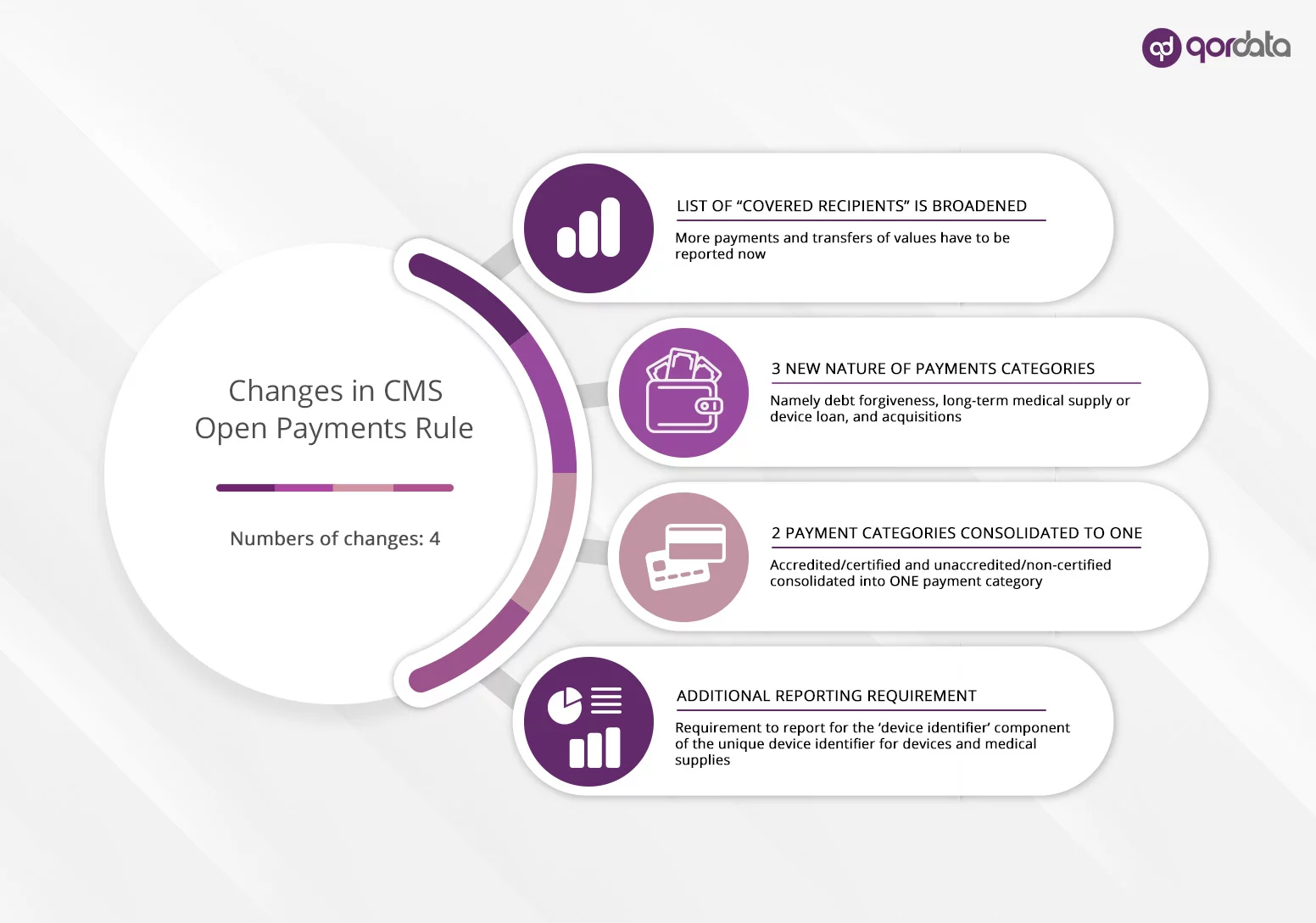Three years after the initiation of the EFPIA code, member companies published their transfers of value for the first time in 2016 in order to disclose their transactions with HCPs and HCOs for 2015. Whilst transparency initiatives in themselves aren’t new (countries like the USA, Netherlands, Portugal, UK and France already had them in place), it was for the very first time that transparency reporting took place in so many countries at the same time. Now that the transparency data has been released, this is an opportune time to reflect upon what we can expect going forward.
What is the Future Expected to Hold?
So far, it seems that there is wide acceptance of transparency in general. However, there’s no denying the fact that there is plenty of room for improvement in the ways in which transparency is being achieved by the current models. Moving forward, the first thing we should expect is of the European Federation of Pharmaceutical Industries and Associations taking initiatives to improve transparency.
In the long run, it is expected that there will be several initiatives aimed at increasing the overall scope of transparency. For instance, there’s an upcoming change expected in the existing requirements in France, adding the need to report on the contract amount.
Moving forward, there may even be initiatives focused on creating more central platforms to make data searchable in countries like Belgium, France, Ireland, the UK, Netherlands, etc.
Apart from that, there may also be initiatives aimed at increasing consent levels or perhaps even changing or removing consent requirements in order to make transparency a legal requirement, such as in France.
In other news, following the pharmaceutical industry, a transparency code is also being implemented by the Medical Device Association MedTech Europe. Apart from that, the Medicines for Europe (previously known as EGA or European Generic Association) also released its code last year and will be making its first public disclosure in the year 2018. Steps like these prove that transparency initiatives within Europe are certainly moving forward.
What About Company Level Initiatives?
Consent rates within EFPIA member countries vary greatly. On the one hand, we have 70% of physicians in the UK consented to have their data published. On the other hand, only 20,000 of the 71,000 reportable physicians in Germany gave their consent for the same.
When it comes to pharma companies in the EU, we can expect them to start using transparency initiatives as a means of improving their internal processes. Having better control over the upfront process of HCP/HCO engagements by setting up a standardized process of educating physicians and collecting, tracking, and managing consent through a top-of-the-line platform like qordata’s Consent Management will make it possible for them to reduce risk, uphold the integrity of their efforts and enhance their internal decision making.
All in all, we can expect that in times to come, the focus on ensuring that deadlines are met and actual spend data is reported will shift to the optimization of the process through which consent is obtained for the provision of an even more meaningful transparency and analysis of results.



